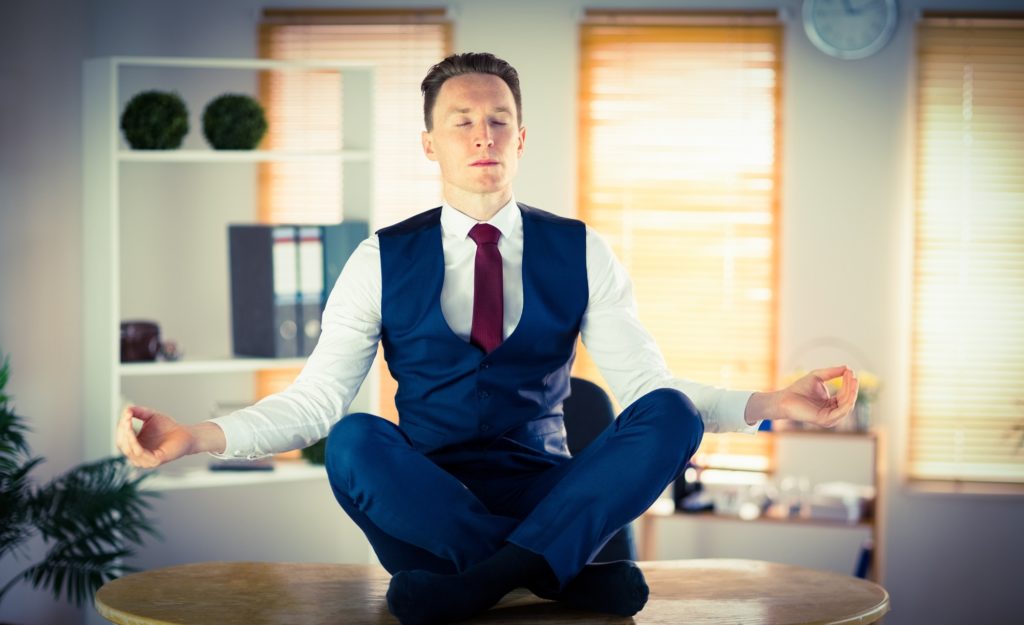
Did you know that 20 percent of the American population report suffering from an anxiety disorder?
If you’re one of the many people who struggle with anxiety on the regular basis, it’s important to realize that you’re certainly not alone.
Even though anxiety can be extremely difficult for the people who experience it. There are mindfulness exercises for anxiety that can help you to overcome the challenges of your problem.
At first, mindfulness was dismissed by many as hippy-dippy nonsense. But it has increasingly become mainstream. When Forbes magazine declares that “mindfulness is more than a buzzword” it’s time to wake up and start mindful breathing.
Let’s take a look at the top 3 mindfulness exercises for anxiety!
1. Mindful Breathing
Our minds are always distracting by whatever is going on around us. With mindful breathing, you can better concentrate on the present. Focusing your mind on something as simple as your breathing helps to bring perspective.
This is especially important when dealing with anxiety. We often feel anxious when we’re thinking about either the past or the future. We rarely feel anxious when we live in the present moment.
Focus as you breath in…and breath out. It’s important to focus on each inhale and exhale as you go through the mindfulness practice.
You also need to passively experience the sensations around you from the weight of your body to the temperature of the room to the sounds outside.
2. Connect Mind with Body
We are always aware that our mind and body are connected. What happens in our mind affects how our body reacts.
This is particularly true when it comes to anxiety. You might experience faster breathing, increased nervousness, and even changes to your body temperature.
Through mindful breathing, you can also connect your body and mind together. When you identify a moment of anxiety, all you have to do is stop and close your eyes. Focus on your breathing becoming increasingly calmer and quieter.
Your awareness of the physical sensations of your body will become heightened, whether it’s the knot your lower back or the sweat on your forehead.
Do you want to find out more about mindfulness education?
3. Avoid Quick Reactions to Events
Anxiety often leads us to make quick conclusions about what’s about to happen.
Our conclusions are often the worst case scenario. We attempt to grasp anything that we can control in the moment of no control.
Mindfulness encourages us to calm down and pause. While the predictions and negative thoughts won’t go away, in the moment of calm breathing we can identify them for what they are: simply thoughts and ideas without any control or power over us.
Imagine you are somewhere else, perhaps lying on a cloud in the sky or freshly cut field of grass.
Gently breathe in and out. You’ll gradually notice your anxiety dissipating.
More About Mindfulness Exercises for Anxiety
There are many benefits of mindfulness exercises for anxiety. By following these 3 anxiety exercises, you could notice improvements to your state of mind.
If you enjoyed reading this blog post, check out our blog posts on everything from people to music to movies.

